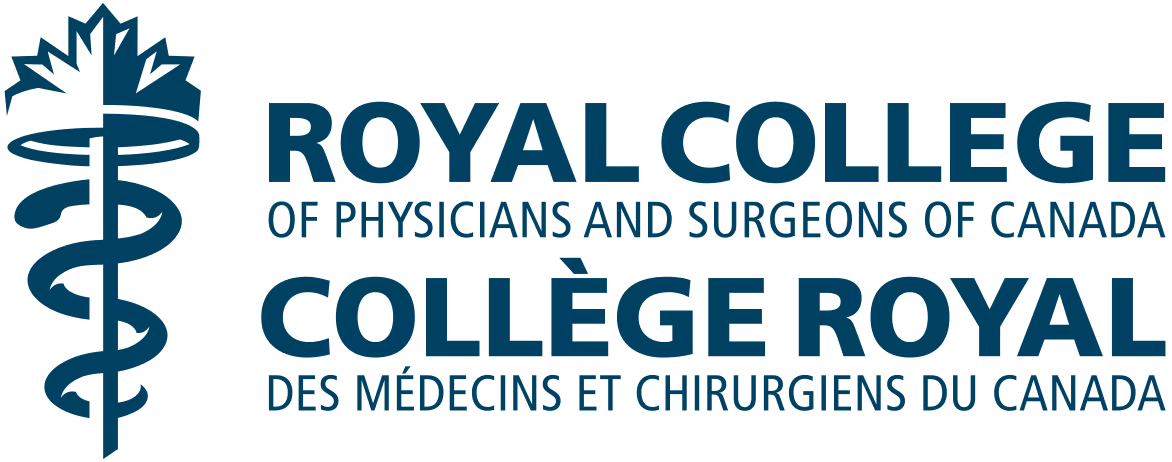Does the areola complex have a regular size or not?
There are different areola sizes. Usually, plastic surgeons set the areola size to around 38-48mm. Our surgeons are board-certified plastic surgeons and have more than 15,000 combined surgeries under their belt. They take into account the patient’s preference as well as aesthetics before making this decision.
What factor decides the size of the nipple/areola complex during a nipple reduction or breast reduction surgery?
As discussed, the usual areola diameter that most surgeons suggest is between 38 mm and 48 mm. This size usually matches the overall breast mound. But if our surgeon finds out that the area is already smaller than 48mm, they save the entire areola area. If the areola is larger than the preferred size, he generally trims away the excess area. But they always take aesthetics and patients’ preferences into account.
Is the size of the nipple changed during breast surgery?
During breast surgery, the size and shape of the nipple usually stay the same. But that is not always the case. Depending on what you want and what is aesthetically pleasing, our surgeon might suggest a change.
How is an areola reduction made?
Our surgeon starts by drawing a circle around the areola with the nipple as the center. Once that is done, they make an incision on this circular line. Our surgeon then removes all the areola tissues outside the line to place the new areola there.
How is a nipple revision done?
Thanks to technology, there are various techniques that our surgeon uses for nipple revision surgery. The technique that they choose usually depends on the length and the diameters of the nipples. Our surgeon usually removes a portion of the nipple skin while ensuring that the milk ducts and nerves are intact.
Can the Areola stretch after breast surgery? How can our surgeon fix that?
Widening the scar is a possibility with any surgery, and the same is true for nipple revision. Usually, our surgeon performs the surgery so that the periareolar scars blend in with the natural contrast of the breast and areola colours. A revision can be performed if there is a widening or stretching of the scar. Our surgeon will discuss all of this with you during the initial consultation. If necessary, they will call you for follow-up visits to minutely examine the scars and suggest what to do about them. If they find it necessary, they could even place a permanent “purse-string” stitch around the areola, which keeps the breast skin around the areola from stretching. But this is rarely needed.
Does the patient have any input into the size and placement of the nipple/areola complex?
Yes, our surgeon ensures that they are available for the patient in every consultation and follow-up visit. They also consider the patient’s preferences and aesthetics when deciding the size and placement of the nipple or the areola.
What causes a stretched or widened nipple/ areola complex?
Multiple factors might affect the widening of the nipple/areola complex. It could be due to genetics, the weight of the breast, elasticity of the skin, age, and more.
Is it better to place the nipple/areola complex facing forward or a little to the side?
Generally, our surgeon places the nipple/areola complex in a forward-facing position. But they make sure that it is also centered on the breast mound and conforms to the breast shape.
Does your nipple/areola complex always lose colour after surgery?
Different people react to the surgery in different ways. Mostly, the colour of the nipple/areola complex remains the same, but in some cases, lightening or darkening of the pigments has been observed.
How common is loss of sensation after nipple revision surgery?
Most women are completely numb right after the surgery. Some are partially numb. But in most cases, the sensations come back after a little while. Our surgeon will thoroughly examine you after the surgery and recommend what’s best. If you don’t have any sensation after the surgery, you can discuss it with the surgeon during the follow-ups. Unlike most plastic surgeons who are only present for the surgery, all the consultations and follow-ups are performed by our surgeons, and they are always present for every one of your appointments.
How common is nipple hypersensitivity after surgery?
Nipple hypersensitivity is not as common as numbness. But it does sometimes happen. Usually, it is resolved over time. If you are feeling it, make sure you keep your nipples/areolas moisturized and protected. When you come to our office for a consultation, one of our surgeons will take you through the entire process during your follow-up visits. They will also give you advice on how to desensitize the area.
Our surgeons have helped over 15,000 patients thus far. Today, they complete roughly 600 breast surgery cases per year. They not only perform the most leading-edge plastic surgery techniques but also teach other surgeons as well.
Our board-certified plastic surgeons will meet with you to listen to your concerns, examine you, and recommend a plan to help you reach your body goals.





